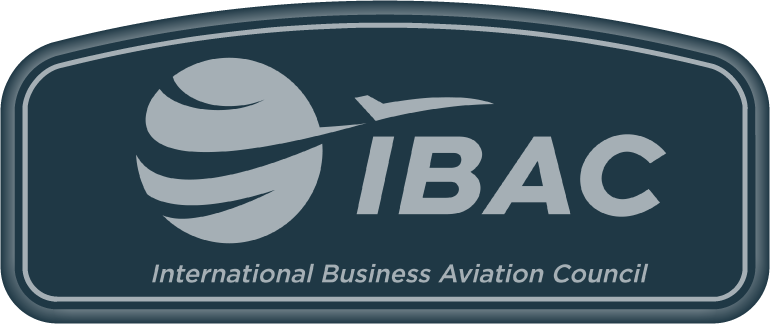Info
&
Insights
Enhancing Safety on Board: The Imperative of Emergency Procedures Training for Executives and Passengers on Business Jets
March 15, 2024

In the world of private aviation, where the luxury of personalized travel meets the efficiency of direct routes, the paramount importance of safety can never be overstated. Business jet travel offers a unique set of advantages, but it also requires a specific focus on emergency preparedness, particularly in the absence of a flight attendant. Recent tragic incidents within our industry underscore the critical need for executives and passengers to be well-versed in emergency procedures, ensuring the highest level of safety and readiness in unforeseen situations.
The Case for Comprehensive Emergency Training
While business jet aircraft are designed with safety as a cornerstone, the reality of aviation is that emergencies, though rare, can occur. The absence of a flight attendant on many charter and business jet flights places the onus of initial emergency response on the passengers themselves. In such scenarios, familiarity with the aircraft's emergency equipment and procedures is not just beneficial—it could be life-saving.

Key Areas of Emergency Procedures Training
- Opening Emergency Exits and Doors: Passengers should be instructed on how to operate emergency exits and doors. This includes understanding the mechanisms involved and the physical requirements to effectively open them under various conditions.
- Access to First Aid and AED Equipment: Knowing the location and proper use of first aid supplies and Automated External Defibrillators (AEDs) is vital. Quick access and efficient use of these tools can make a significant difference in medical emergencies.
- Utilization of Fire Extinguishers: Fires on aircraft present a severe risk. Training on the types of fire extinguishers available on board, their locations, and the fundamentals of their operation is essential for passenger safety.
- Life Vests and Life Rafts Deployment: Over-water flights necessitate a clear understanding of how to use life vests and deploy life rafts. Passengers should be familiar with where these items are stored and the steps required to use them effectively.
- Familiarity with Other Emergency or First Aid Equipment: Depending on the aircraft, additional safety equipment may be available. Passengers should be briefed on all such items before takeoff.

Implementing Effective Training Programs
Effective emergency procedures training for passengers begins with a comprehensive pre-flight safety briefing. These briefings should be more than just a formality; they need to engage and educate passengers on the critical aspects of emergency preparedness. Interactive sessions that allow for hands-on practice with safety equipment can significantly enhance passengers' confidence and competence in handling potential emergencies.
For operators and charter companies, incorporating detailed safety cards, instructional videos, and even virtual reality simulations can further reinforce this vital information. Tailoring the content to the specific configurations of each aircraft ensures that passengers receive relevant and actionable guidance.
The Importance of Regular Review and Practice
Safety is a dynamic field, requiring ongoing education and practice. Regular review sessions for frequent flyers, along with updates on any new safety equipment or procedures, ensure that passengers' knowledge remains current. Encouraging questions and providing clear, concise answers helps to demystify the emergency equipment and procedures, making passengers more likely to remember and correctly perform these actions if needed.
In light of recent events, the importance of thorough emergency procedures training has never been clearer. As we continue to advance in our pursuit of aviation excellence, let us not overlook the fundamental aspect of safety training for all onboard. By empowering passengers with the knowledge and skills to act decisively during emergencies, we honor the legacy of those we've lost and reaffirm our commitment to the highest safety standards in private aviation.
###





